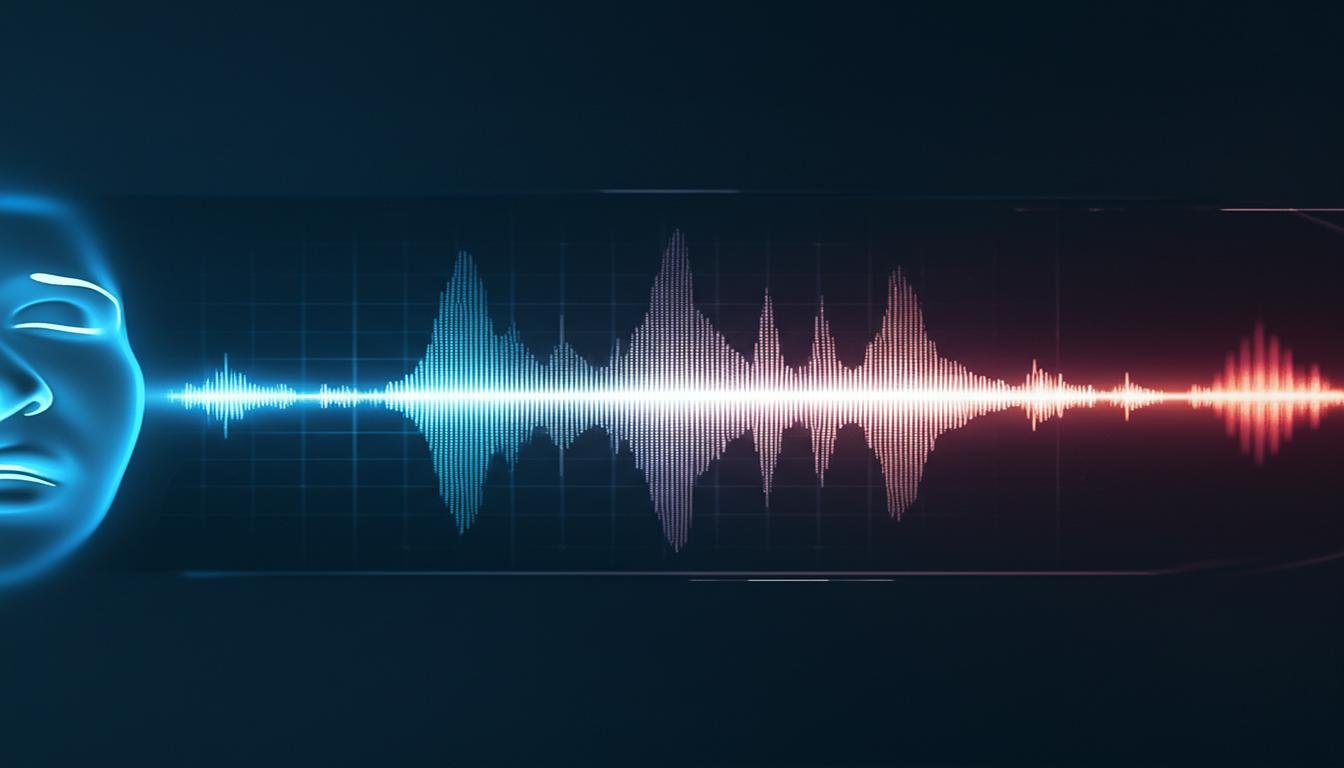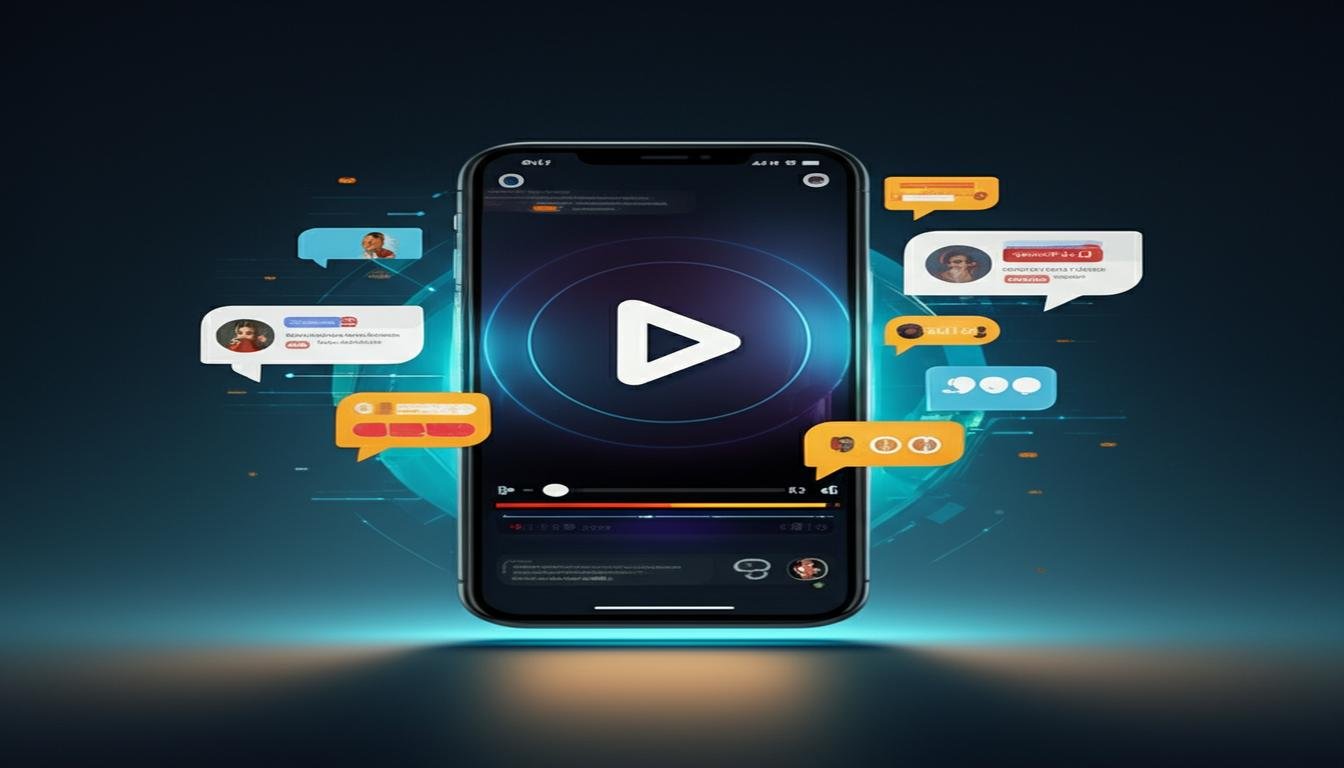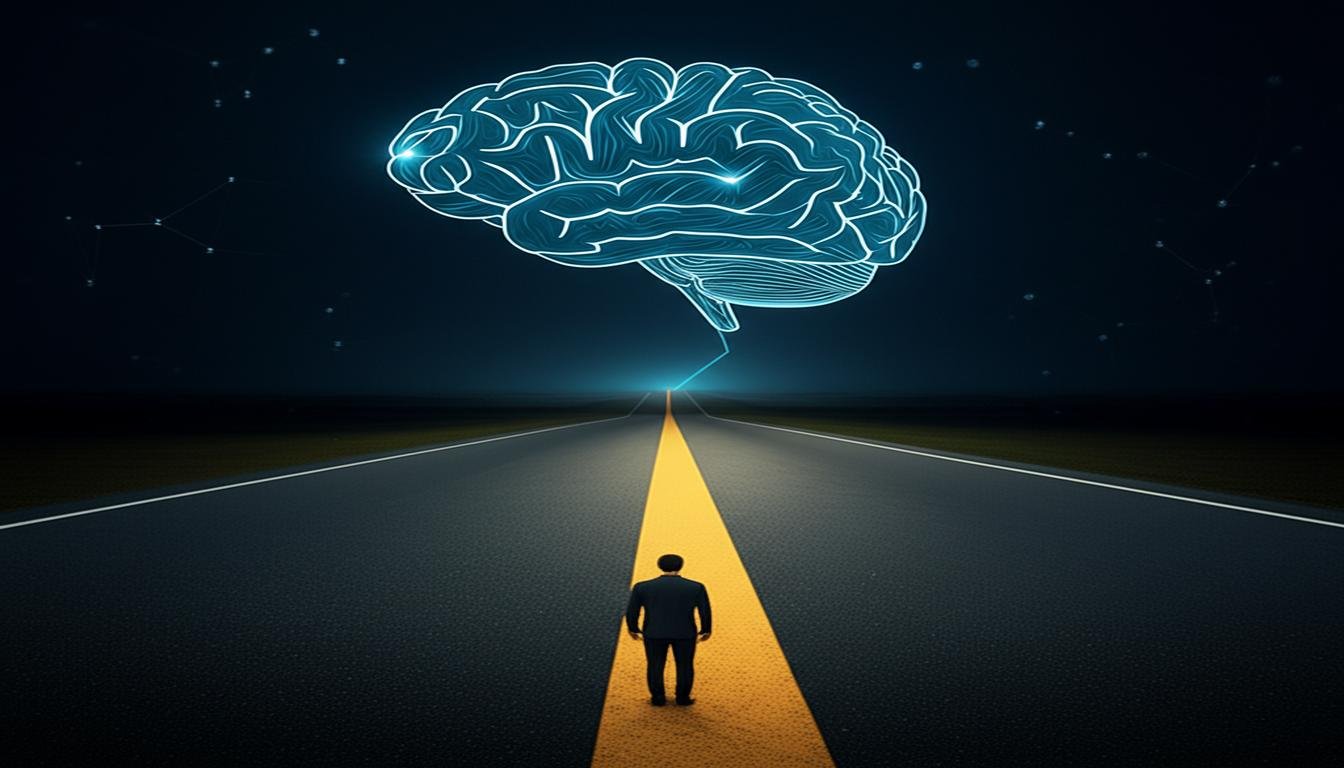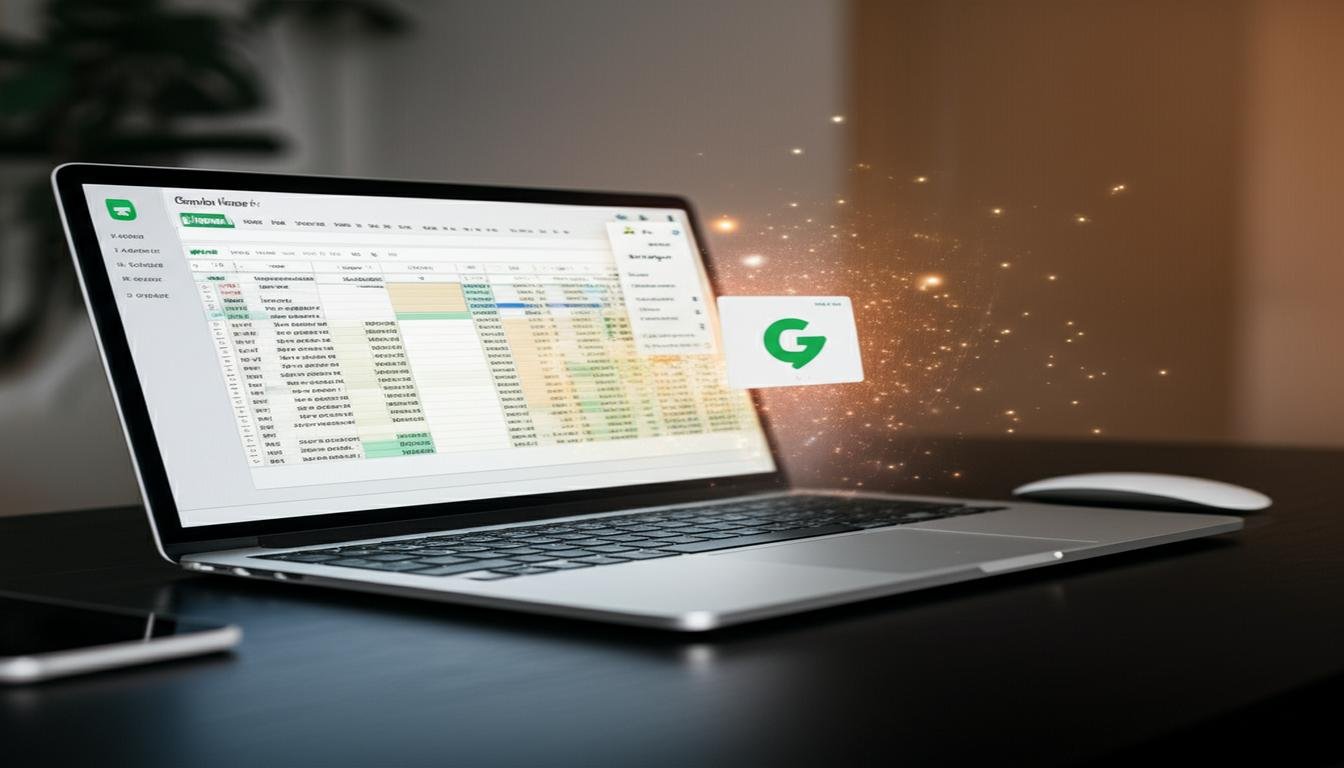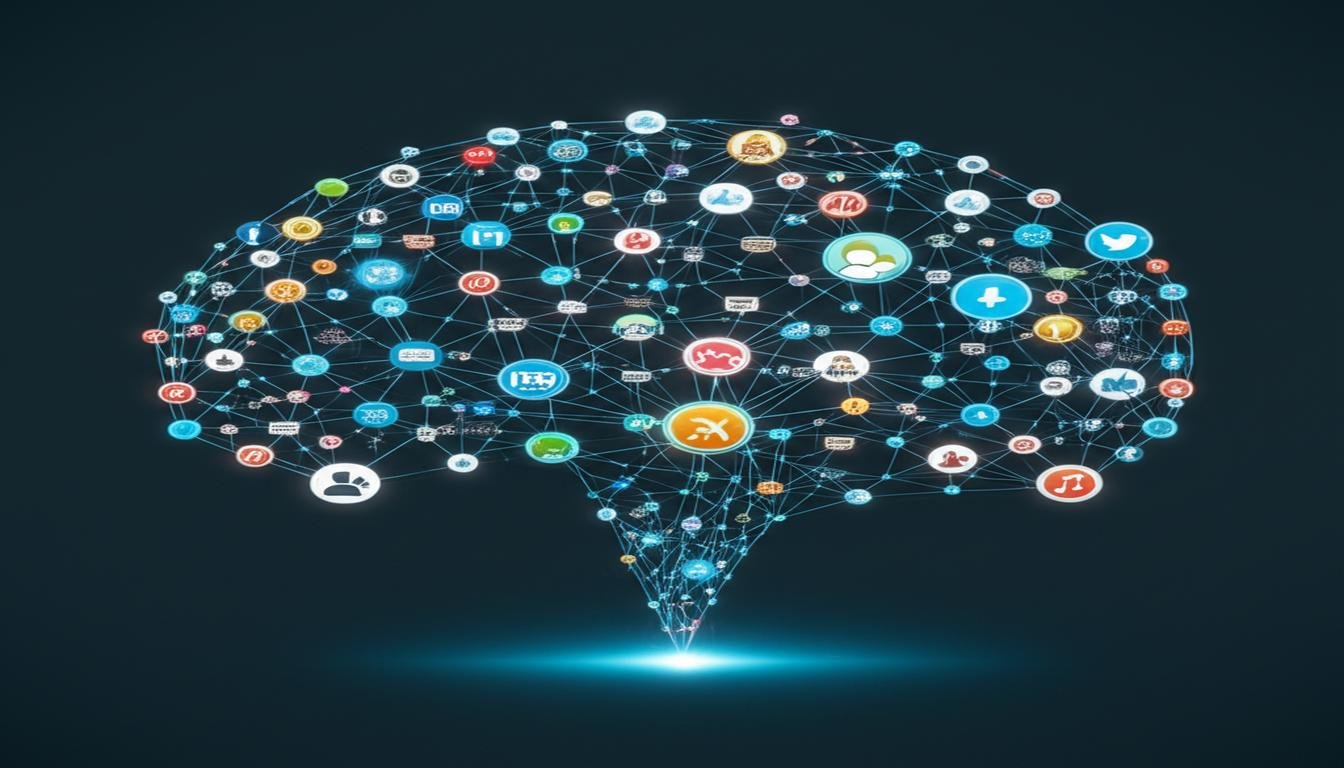“`html
AI Predicted My Future: The Eerily Accurate Story
Picture this: you’re casually browsing online, maybe looking for a fun new app, and you stumble upon something that promises “AI-powered personal insights.” You download it, mostly for a laugh, plug in a few details, and it spits out a “future forecast” that seems, frankly, ridiculous. That was me, a few years ago. And what happened next? It actually came true. Eerily so.
I’m still trying to wrap my head around it. Was it just a coincidence? Or is AI truly becoming some kind of digital oracle? Let me tell you how it all went down.
The Skeptical Start
I’d heard all the buzz about artificial intelligence, but it always felt like something far off, confined to sci-fi movies or super-secret labs. Then, a friend sent me a link to this “predictive AI” tool. It wasn’t a crystal ball app; it claimed to analyze your digital footprint – things like your search history, social media interactions, even your writing style – to suggest potential future paths.
My initial reaction was pure skepticism. “Sure,” I thought, “this will tell me I’m likely to buy more coffee or watch too much Netflix.” But curiosity got the better of me. I linked it to a few anonymous data sources (or so I hoped!) and waited for the “insights.”
The Unsettling Prediction
What popped up wasn’t what I expected at all. It didn’t predict a big financial windfall or a sudden move to a tropical island. Instead, it was surprisingly specific, yet utterly unbelievable to me at the time. The AI “predicted” two main things:
- I would “transition from a traditional office role to a creative, hands-on craft, likely involving textiles or design.”
- I would also “find a deep sense of community and fulfillment through local, shared spaces.”
At that point, I was working a pretty standard corporate job. “Textiles?” I scoffed. I could barely sew on a button. And “local, shared spaces” sounded like a book club, which, no offense to book clubs, wasn’t my scene. I laughed it off, forgot about it, and went on with my life.
Watching It Unfold: From Doubt to Disbelief
Months later, things at my job started to shift. The corporate environment felt stifling, and I was feeling a growing urge to do something more meaningful, more “me.” I started doodling designs in my notebook, something I hadn’t done since high school. Then, an old friend mentioned a new community workshop opening up – a place with shared studios for artists and crafters. They were looking for volunteers to help set it up, and – wait for it – they had a dedicated section for fabric arts.
Reluctantly at first, I joined. One thing led to another. I started experimenting with fabric scraps, designing small pieces, and eventually, I discovered a real passion for textile art. Within a year, I’d scaled back my corporate hours significantly and was spending most of my time at that community workshop, teaching beginner classes and even selling my own textile creations. The “traditional office role” was fading, replaced by a “creative, hands-on craft.”
And the community part? That workshop became my second home. I met incredible people, learned new skills, and truly found that “deep sense of community and fulfillment through local, shared spaces.” It was exactly as the AI had predicted. The hair on my arms still stands up when I think about it.
How Did It Know? Unpacking AI’s “Magic”
So, was it psychic? Of course not. AI doesn’t have a crystal ball. What it does have is an incredible ability to process and identify patterns in vast amounts of data. Here’s what I’ve gathered about how these artificial intelligence insights work:
- Data Dots: The AI likely pulled information from my online activity. Maybe I’d subtly “liked” a few textile art posts, or read articles about career changes, or even mentioned feeling “uninspired” in a private journal entry I’d fed it.
- Unconscious Desires: It might have detected subconscious leanings or interests that I wasn’t even fully aware of myself. My dissatisfaction at work, coupled with any fleeting interest in creative fields, could have been a strong signal.
- Behavioral Trends: AI can analyze millions of other people’s data to find common pathways. If many people who search for “career change dissatisfaction” later explore “creative hobbies,” the AI connects those dots.
- Predictive Analytics: It’s all about probability. Based on my data and global trends, the AI calculated a high probability that these events were in my future.
It wasn’t telling me my destiny; it was predicting my most likely trajectory based on the person I was and the digital breadcrumbs I’d left behind.
More Than Just a Party Trick: The Implications
This experience has really opened my eyes to the incredible power — and potential ethical dilemmas — of predictive AI. On one hand, imagine AI being used for:
- Personalized Education: Guiding students to study paths they’re truly suited for.
- Career Guidance: Helping people pivot to jobs that will genuinely fulfill them.
- Health Insights: Identifying lifestyle changes that could prevent future health issues.
But then there’s the flip side: data privacy. How much do we want AI to know about us? Where do we draw the line between helpful prediction and invasive surveillance? And what about free will? If an AI predicts your future, does that subtly influence you to make it happen?
What Does This Mean for Us?
My experience with AI predicting my future was truly unsettling, yet incredibly fascinating. It wasn’t a magical foretelling, but a testament to how sophisticated data analysis has become. It showed me that our digital footprints are far more revealing than we realize, containing clues to our deepest desires and potential paths.
As AI continues to evolve, we need to engage with it thoughtfully. Be aware of the data you share, understand how these powerful tools work, and remember that while AI can offer incredible insights into our most probable futures, our personal agency – our ability to choose and adapt – always remains our own. It’s a powerful guide, not a dictator of destiny. And sometimes, it’s just eerily good at connecting the dots.
“`



